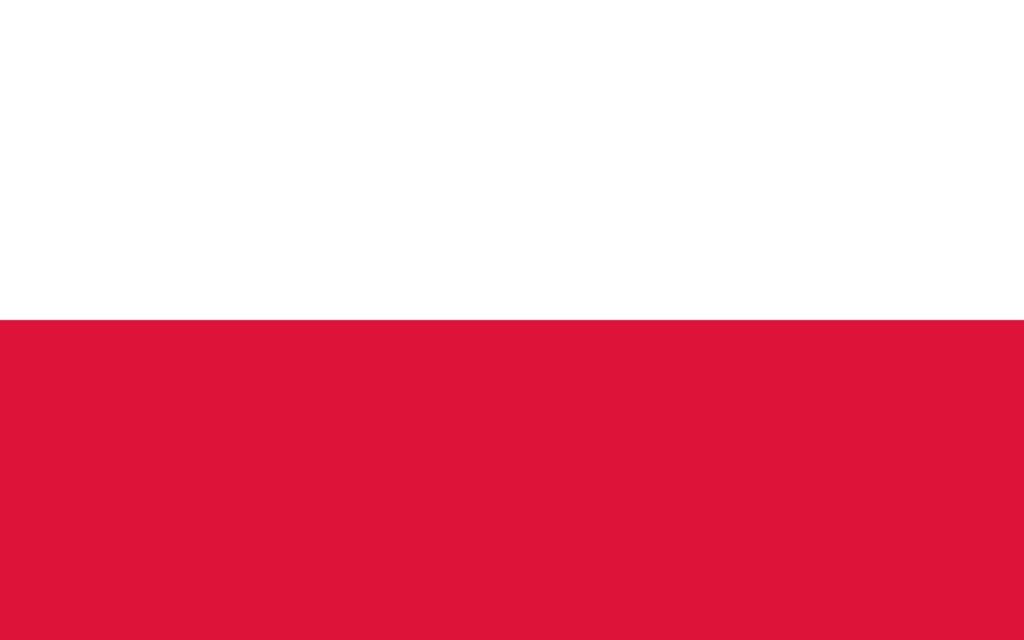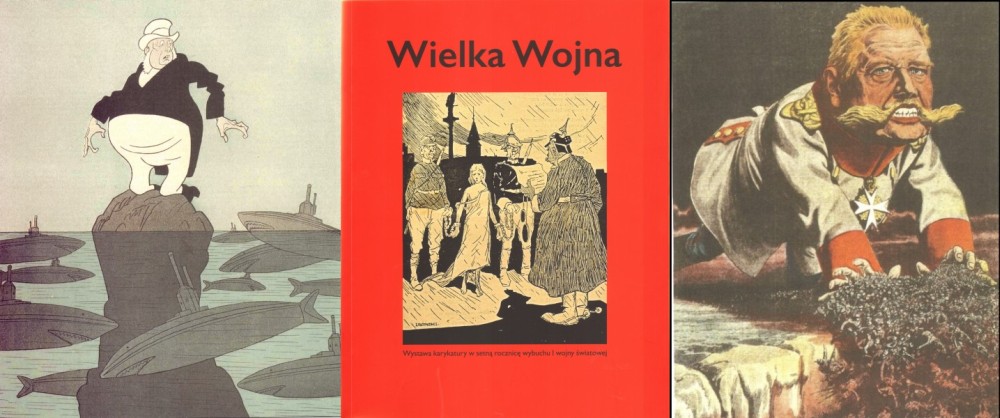We, the Poles, look at the World War One in a bit different way than the rest of the Europeans. We were looking forward to it – the conflict of occupants which finally brought freedom to our country. However, for many West European countries it was the most terrible war of the 20th century, the first total war, even more bloody and dramatic than the later World War Two. That’s why the centenary of its outbreak was accompanied with a number of important historical summaries. Among them were the exhibitions related to satire of that period organised in Italy, France or Belgium, for example, at Satyrykon friendly Forte Dei Marmi or European Cartoon Center in Kruishoutem. Some little part of it could be seen last year at Satyrykon Gallery: “Le Mot” covers – the French satirical magazine of the time, as well as press cartoons by Georg van Raemdonck.
Warsaw based Museum of Caricature also joined in the international celebrations of the World War One centenary with its exhibition “Wielka Wojna i Pokój” (“Great War and Peace”) and it is its first historical part (War) that we are going to see at Satyrykon in Legnica.
The exposition author, Piotr Szlanta from Historical Institute of Warsaw University has collected not only satirical drawings and propaganda posters aimed at Russians and Germans, but also satire from almost all the countries taking their parts in World War One: starting from the Balkan countries through western Europe and ending on America. Nearly 200 works constituting the exhibition of caricatures have been divided into several topic blocks creating quite a wide and full picture of life at those times: “Military equipment before 1914”, “Balkan pot”, “Pictures of enemies”, bits related to everyday life behind the frontline or ones related to the changing role of women in war circumstances. Confronting different viewpoints of conflict participants allowed to underline some common feature – a great meaning of caricature as the most important tool of propaganda of the time. A Russian propaganda poster “Enemy of human kind”, a poster encouraging women participation in American Salvation Army dated on November 1918 with “What a girl!” caption, a similar topic German postcard from the WWI period with caption saying “Behind the frontline. Women work in 1916” or Willhelm II, German Emperor’s, caricature from London’s “Punch” magazine from January 1917 entitled “It’s Him”. All mentioned works will be displayed at this exhibition. As much as they liked it, its Warsaw viewers didn’t fail to point out some drawback: aren’t we missing our point of view – a thing we, the Poles, would watch most interestingly? Well, it’s surely worth checking yourself…



